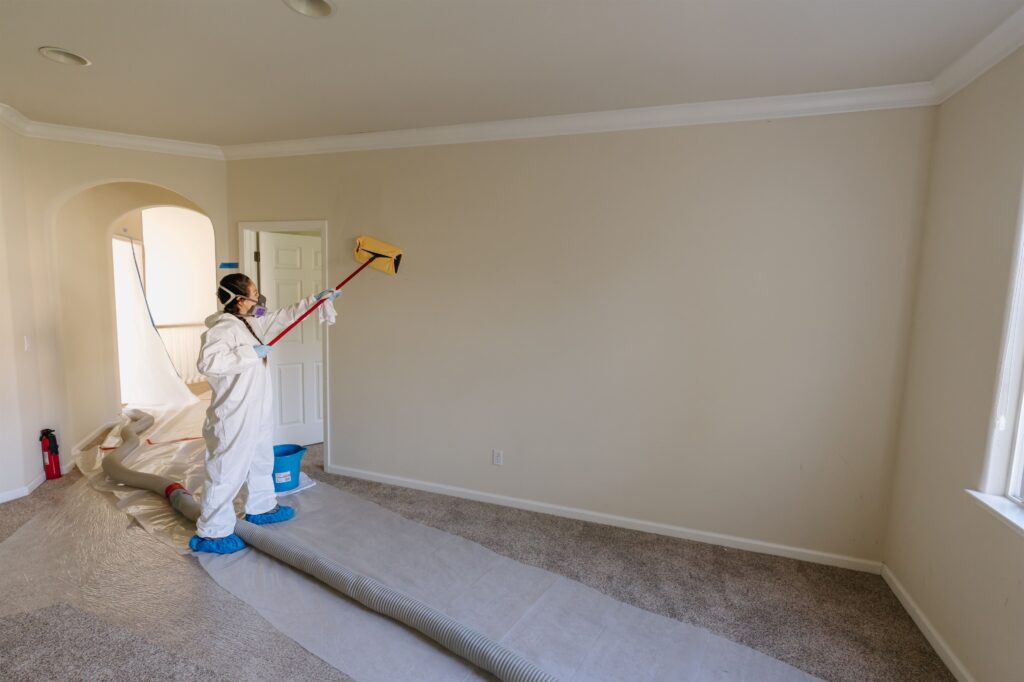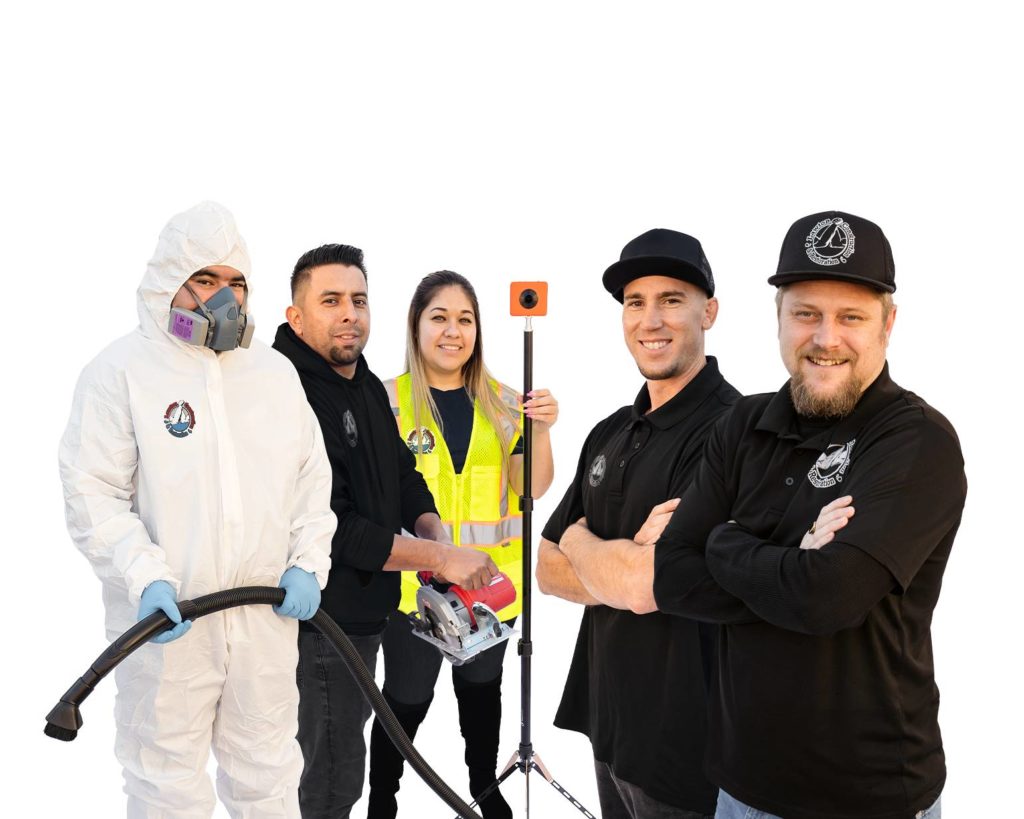8 Essential Steps to Recover from Fire Damage | 2021

Fires are a serious threat to California homeowners, and that threat has only increased in recent years. Here’s a guide to a safe and prompt recovery.
Unfortunately, fire damage has become a common issue for homeowners throughout California. In fact, six of the 20 largest California wildfires on record occurred in 2020. If your home is impacted by fire, you are going to have many more questions than answers in the aftermath.
In this post, we’d like to offer a step-by-step plan for recovering from fire damage. Of course, your steps may vary depending on the situation, but this should be a good starting point.
Step #1 – Be Safe
The most important thing to consider regarding a fire is your safety. If there is a wildfire in your area, listen to messages from government officials and be ready to evacuate, if necessary. The safety of yourself and your family should always be the top priority in this kind of situation.
If you do have to evacuate, only return to your home when it has been deemed safe to do so. Resources are often available from government and charity organizations to help those who are displaced by a fire.
Step #2 – Structural Stability
In the aftermath of a fire, you may be relieved to see that your home is still standing. If that is the case, don’t simply head inside to check out the damage for yourself. That may be a dangerous situation. Instead, get the help of a professional team to evaluate the structural integrity of your home.
Only when the house has been cleared by a professional should you feel comfortable going inside to review the damage and plan the next steps. It’s possible that a home that is still standing will need to be torn down once the damage is reviewed. That’s not an ideal outcome, of course, but it’s better to be safe than to risk having your home collapse while someone is inside.
Step #3 – Air Quality Issues
Fire damage can leave behind things like soot and fungus that can create dangerous air quality conditions inside of a house. It’s possible that some of these things will be out of sight, so the threat might not be obvious at first. Even if the air smells okay, there may still be a threat lurking that could impact your health over time.
This is another area where it’s best to get professional help in determining the safety of the building. You can have the air quality tested to look for any threats, and then work can be done to mitigate whatever issues are discovered. It’s best to confront these issues right away than to wait and have problems come up years down the road.
Step #4 – Review Your Belongings
It is possible that some of your belongings will survive the fire. It’s also likely that you won’t be able to restore some of your things. Going through the process of sorting out what can be saved and what should be thrown away is important. Consider using a three ‘pile’ system to organize your belongings –
- The first pile is items that are obviously in good condition and can be saved
- The second pile is for things that are too badly damaged and need to be disposed of properly
- The last pile is for items in the middle that need a closer examination to determine whether they should stay or go
For those things that are somewhat damaged but not destroyed, work with restoration professionals to determine if they can be saved. You might be surprised to find what can be saved with the right equipment and experience on your side.
Step #5 – Examination of Utilities
The utility lines that serve your home are another item that will need to be inspected. For example, have your water lines been damaged? Even if the water is working, there might be damage to the line which is allowing the water to be contaminated.
So much of what you need to do after a fire comes back to safety. Making sure your home is still a safe place to live is the primary focus. And, since many of these things are hard to evaluate on your own, professional help is often needed. Work with the right teams to check on the condition of all utilities around your property.
Step #6 – Disposal of All Perishables
Simply put, you should toss out all perishable items after you return to your home. Fires can put all kinds of dangerous chemicals into the air, and there is no way to know what got into your food. It’s not worth the risk to eat some of these items, even if they look undamaged. Don’t hesitate to toss out all perishables and start over.
Step #7 – Deep Cleaning

A regular house cleaning procedure is not going to get the job done after a fire. The tools used to traditionally clean a house are not powerful enough to recover from fire damage. For this task, you’ll need professional-grade equipment operated by experienced workers in this field.
Among the important areas to target for deep cleaning are carpets, linens, couches, etc. Anything with a soft surface will need a thorough cleaning if it is to be saved. This is another area where you can’t trust your eyes alone to decide if something needs to be cleaned. In the aftermath of a fire, it’s best to assume that everything in your home needs to be addressed.
Step #8 – Work with Lawton

At Lawton Construction & Restoration, Inc., we offer everything you need to work through the fire restoration process. We have a talented team of professionals, the right equipment, and plenty of experience. We know how traumatic this event can be, and we want to help you get back on your feet as soon as possible.
Who We Are
Lawton Construction & Restoration. Proudly serving in North California & Nevada since 1976.
Turnkey services: Emergency, Restoration, Content Care
All levels of complexity: Residential, Comercial, Industrial
Fast interaction with all insurance companies.